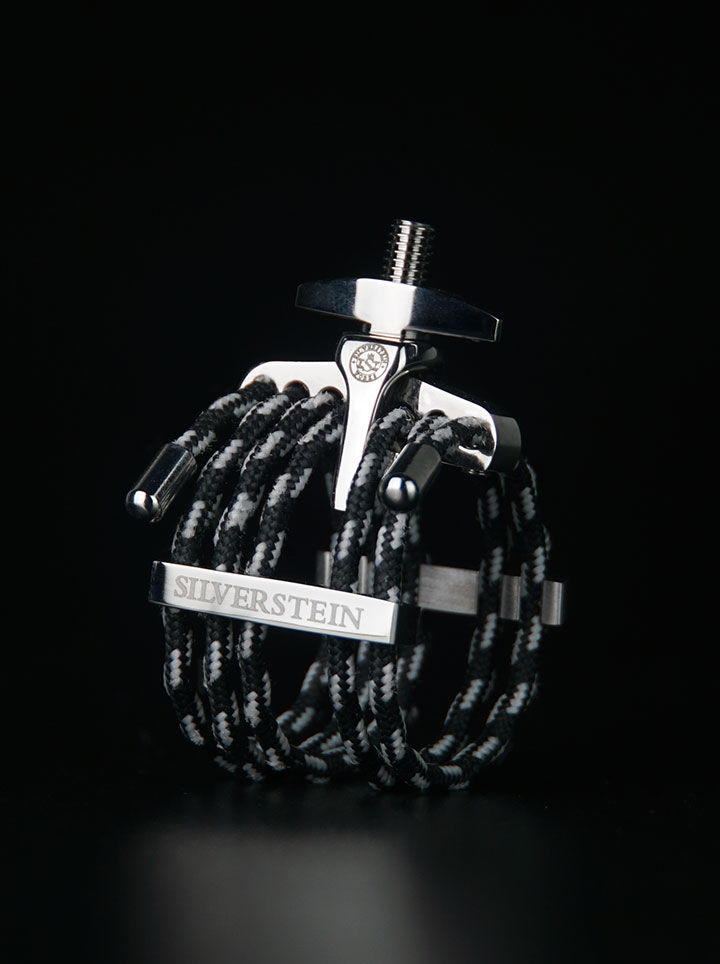Looks are a scam
- Eric Papa
- Jun 27, 2021
- 3 min read
Updated: Aug 16, 2021
I was watching a cooking video recently that was going over how to make fluffy/souffle pancakes. They’re, hence the name of the dish, fluffier than typical pancakes and look pretty. However, they’re nothing more than a novelty. They don’t provide any inherent taste differences that warrant this dish even being recreated by any home chef. But they look nice!
(Daniela Galarza, Japanese Soufflé Pancakes, New York Times, April, 9, 2019, https://cooking.nytimes.com/recipes/1020120-japanese-souffle-pancakes.)
Why did I describe my late night Youtube binge to you? Well, I did it to make a point: how something looks is not the most important thing, especially when it comes to food, but also when it comes to musical equipment. Let me tell you another story for a minute. I remember when I was in undergraduate school and I needed to get my clarinet serviced for a crack (wood tends to crack). My teacher, recognizing that I was becoming a big ball of stress, told me something that has always stuck with me and it is what I tell my students. He said “Our instruments are tools. If your tool is broken, you send it out to get it fixed. They facilitate what we do as musicians.” Notice that he didn’t mention anything about the way it might look. He didn’t mention that because in the grand scheme of things, it’s not that important.
("Original Clarinet Ligature", Clarinet Shop, Silverstein Works, accessed June 04, 2021, https://www.silversteinworks.com/product/original-clarinet-ligature/.)
Take the Silverstein ligatures as an example. In practice, these ligatures don’t do anything a cheaper ligature can’t also do. They secure the reed to the mouthpiece (until they stretch to the point where they can’t do that anymore, but they do it well for a little while!). They don’t grip the reed in any way that is special and the materials the ligature is made out of really don’t make the biggest difference in sound quality. But they look nice!
I currently play on an Inverted Silver-plated Bonade ligature. Previously, I was playing on a Vandoren Optimum ligature that I had since high school. I love that ligature, but I switched to the Bonade when I was a masters student. The Bonade, despite being cheaper and not as elaborately designed as the Optimum, is the one I prefer. Prior to this, my Optimum ligature became so tarnished that it turned black (and still is), but it never changed in how it functioned.
(Nathan Garfinkel, Backun Musical, 2016, https://www.unitednathanproductions.com/.)
Let’s get off of ligatures for a moment and talk about key plating. This is also meaningless. The plating of the keys does not affect the functionality of the instrument at all. It has absolutely no effect on the sound. So, why do some players insist on having gold plating? Well, a few reasons:
1. Plating can affect the feel of the keys, which is simply personal preference. The instrument does not function any more or less efficiently with one over the other. It’s all based on taste.
2. Gold has less of a chance of tarnishing, which means it will look the nicest for the longest stretch of time.
3. “But it looks nice!”
Here's my main point: functionality, in my humble opinion, is the crucial deciding factor and everything else is like whipped cream on a piece of pie. If it functions great, looking pretty is a bonus. Nothing more.









Comments